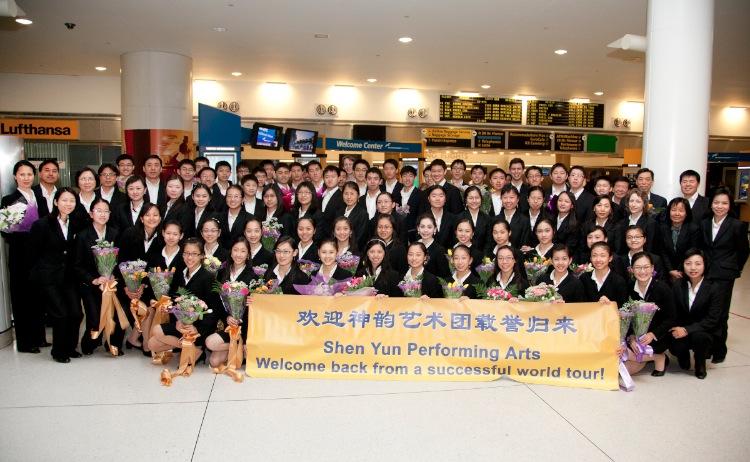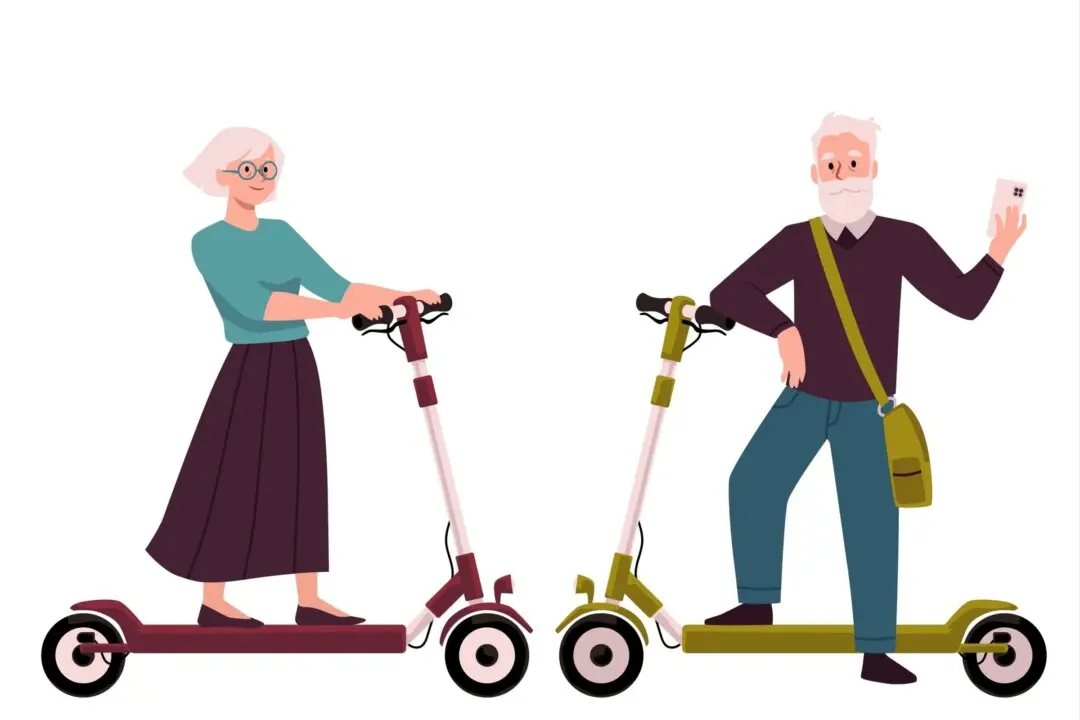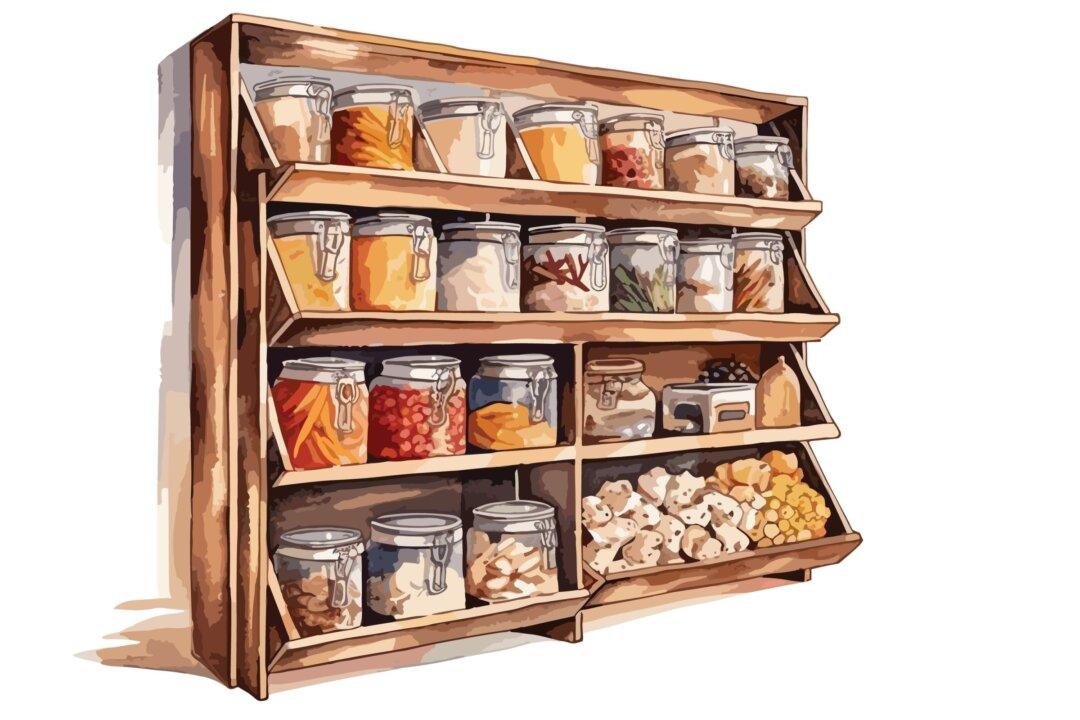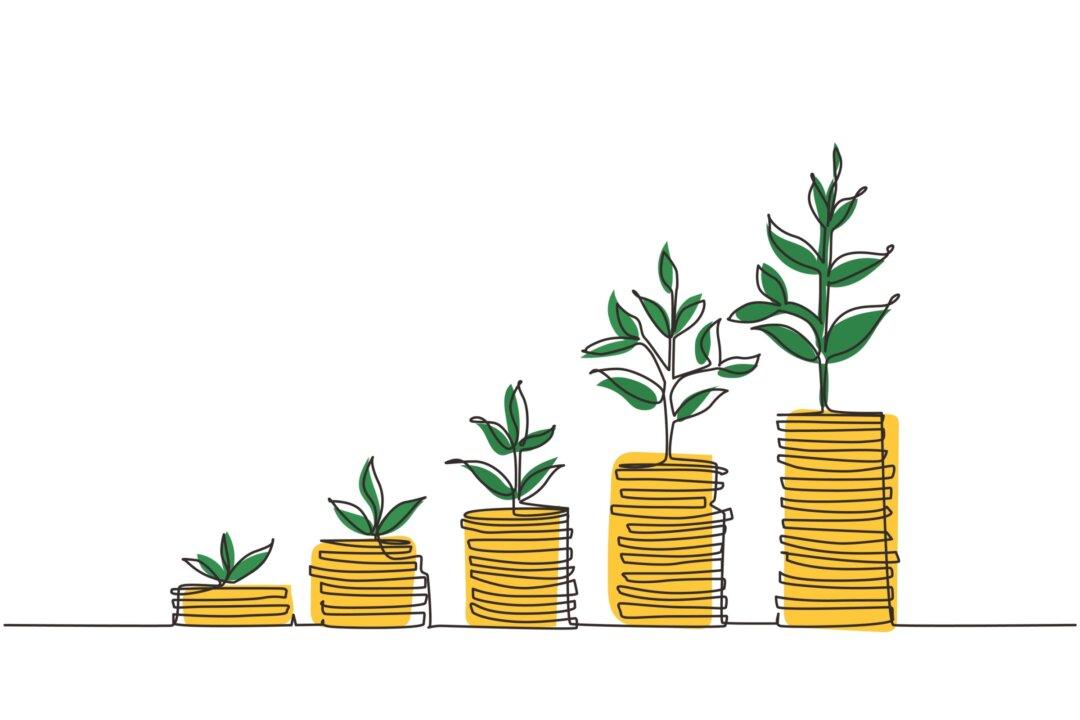As Shen Yun Performing Arts continues its world tour showcasing the lost traditions of ancient China, in a four-part series The Epoch Times takes a close look at these arts, their current state in China today, their undeniable influence in our world, and the significance of their miraculous revival.
China is old. Such a short sentence, but the implications of that simple fact are profound.
Civilizations come and go. They form from primitive peoples into empires that reach a crescendo and then diminish into obscurity. A few morph into something new, a break from the past that lets the people continue though the culture dissolves. Like Egypt and Rome, the people remain in that place, but their language, art, spirituality, and everything that distinguishes them have changed.
Of all the civilizations that exist today, one could argue that only China has maintained a cultural continuity. Well, almost. Since the Chinese Communist Party (CCP) came to power 60 years ago, that culture has been under constant attack, and the fundamental spirituality that defined Chinese society has been replaced by atheism and materialism.
And yet, today, after decades of communist rule and campaign after campaign, the CCP has never fully managed to destroy the essence of the Chinese people. That doesn’t mean that it is easy to find, but it has survived.
There are shadows of Chinese culture cast around the world, but too often the light cannot be found. China’s current authoritarian rulers have tried to pick up the vestiges of Chinese culture and market them in an effort to rebrand a regime notorious for its abuse of the Chinese people.
But those efforts have amounted to little more than a perversion of profound traditions. Temples once dedicated to a lifelong pursuit of enlightenment have become tourist destinations with religious formalities used as window dressing.
One could argue that the fact that religious traditions are allowed at all, or that traditional folk dances with religious themes can now be performed, shows a gradual re-emergence of these traditions in China, but that would be missing one crucial point: The regime only allows this after a generation has passed in order to separate those who carried the true essence of those traditions from those who would have inherited them.
A crucial lineage was interrupted, and now only the most surface form of those traditions can be found on display in China today.
Chinascope, a media research group that analyzes China’s state-controlled media, notes that just recently the People’s Daily published an article about the importance of understanding the “functions” performed by this re-emerging culture industry. Now, as has been true for the past 60 years, the Party maintains that culture be used to guide public opinion, and the article insists that cultural works have an advanced socialist culture direction. The goal of the culture industry is to establish “the core value system of socialism,” wrote the author.
The People’s Daily is the CCP’s official newspaper, and its views are those the ruling regime wants espoused. They are taken as a guide by which those engaged in such activities know where the boundaries lie. So for all the touring groups the Chinese regime tries to parade around the world, none are free from this overarching goal.
And yet despite all this, China’s amazing wealth of traditional performing arts has survived. Carried overseas and nurtured in free countries like the United States, Canada, and elsewhere, the most essential nature of Chinese performing arts has survived, most notably perhaps in the work of Shen Yun Performing Arts.
Some of those traditions survive in altered forms. Adopted by other cultures and used to deepen and develop existing traditions, some Chinese performing arts are loved around the world, and yet people have no idea what they are watching is actually of Chinese origin.
Gymnastics is the most obvious example. The flips and tumbles of this performing art astound audiences, and yet few realize these are among the most advanced movements of classical Chinese dance, removed from their Chinese background and transformed into athletic competition.
Other elements were adopted and evolved. Take the violin, considered by many to be the very soul of an orchestra. The violin finds its roots in the instruments played by Mongolian nomads, which were then developed into the two-stringed erhu by the ancient Chinese.
But evolutions or adaptations are only reflections. The true essence of traditional Chinese arts remains hard to find, but it has indeed survived.
Shen Yun has worked to bring not only the classical traditions, but their cultural essence to life on stage. Dances convey deeply spiritual stories about the legends that guided Chinese morality through centuries, and performers are challenged to not only perfect the form and bearing of the dances, but maintain a purity of purpose as they go about it.
China’s current authoritarian regime tried to stifle these traditions, but they have far from succeeded, and it is the world that will benefit.








